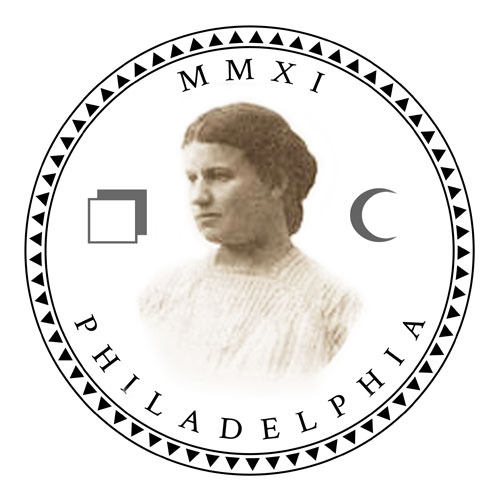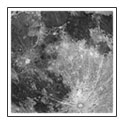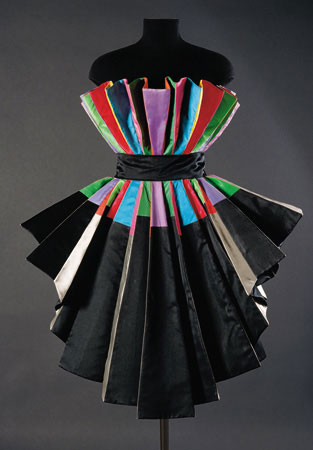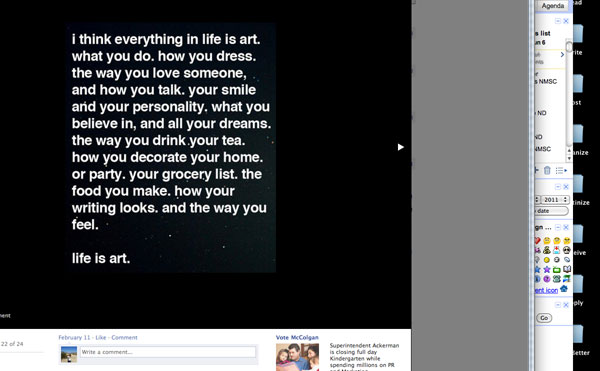I found frustration in the Philadelphia Museum of Art’s jumbled trajectory for Roberto Capucci’s work. In spite of the fact that I liked Capucci’s dresses and enjoyed spending time with them, I left the museum bitter and perplexed. This is because I was sure that I’d seen dresses, fashion designs, but the museum was desperately set to convince me that I had seen works of art.
The title “Art Into Fashion” suggests that Capucci uses art or injects art into his fashions. However the tone of the exhibition’s wall text seems to insinuate the contrary, which is that his dresses, as his career moved forward, developed into works of art. This is reaffirmed by real life events as Capucci resigned from couture all together in the 80s viewing himself more as a painter or a sculptor and stating that he need not abide by the seasonal fashion calendar. Since, he has shown no more than once a year in grand architectural spaces and in 1995 he was curated into the 46th Venice Biennale. The wall text states that at this point, the “works that he presented were not meant to be worn but admired as art”.
Art, in my opinion, is understood to have transcendent qualities in such a way that the object becomes something other than just the object. In Capucci’s work the only way that his dresses become transcendent is that when worn they transform female models so that they are no longer women but pedestals for objects. The museums wall text clarifies for us Capucci’s philosophy that a “dress is a habitat or a place for women to live”. The beautifully crafted dresses resemble objects like boxes, columns, fans, cellos, reeds, and oranges and are titled as such. When worn, the female models are costumed by this “habitat”. They are living or housed in the object and completely consumed by its dimensions. In the footage of one of his fashion shows, the female model underneath the dress is completely erased. She does nothing other than hold the object off the ground and transport it back and forth over a runway.
The museum further explains to us that for Capucci, this is a “study in form” for he “refuses” to be limited to the curved cylinder of the female figure. In this case one would think that he would transition into molding fabrics onto other figures instead of working away at dissolving and disguising the female figure. But Capucci never capitalized on this extension of his own stated objectives and he still uses women. His sculpture-object-dresses are not transcendent art objects, but merely a reflection of simply poor gender politics. And poor gender politics seem to fall in line more with the objects made and objectification demonstrated by the fashion industry.
Andrea Fraser states in It’s Art When I Say It’s Art, or… that “I can only recognize it as a form of artistic practice if the organizing principle of the work is not simply the exercise of a particular form of artistic competence”. She continues to emphasize “the conditions and relations of its production, presentation, and circulation- and the effect, or effectively, of its mode of engagement.” Capucci’s dresses are more in their element in the fashion world with all of its baggage rather than the art world.
And that’s okay! I have no problem with a museum holding ephemera from the fashion industry on display as works of culture. But why was I trying to be convinced otherwise? I do not visit the Arms and Armor exhibition on the second floor of the Philadelphia Museum of Art and expect to be convinced that medieval shields are works of art. I accept them as remnants from the warfare of a culture that once was. I can look at their craft and appreciate their design.
Ultimately, this exhibition causes me to question whether the museum carried out its responsibility to its viewers to, at its most basic, display and provide a safe house for the trajectory of material history and its subsequent artifacts. If the museum is unable to be clear about the objects that it displays, I then question the naissance of the presence of these objects in the museum altogether. I am reminded that it is important for the museum to keep questioning and re-imagining the objects that it displays. And thus it is my fear that if a museum cannot intelligently ask those hard questions before wall text is printed, that our definition of art shifts into a definition disconnected with a “mode of engagement”. Subsequently, then providing for a definition of art without consciousness.
[See Exhibit A: a screen shot from Facebook]






